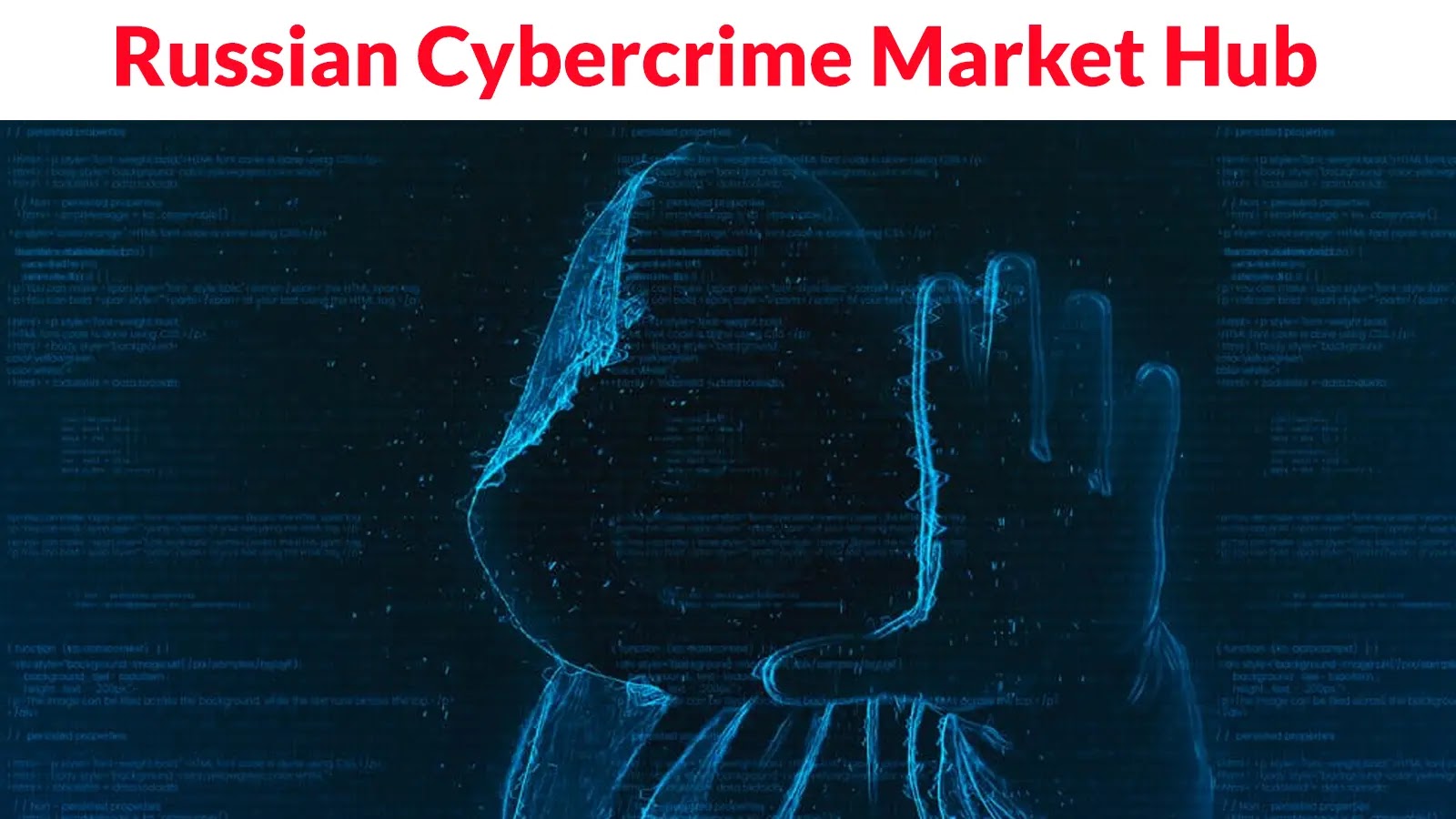The Russian cybercrime landscape is undergoing a significant transformation. Cybercriminals are moving away from selling compromised Remote Desktop Protocol (RDP) access and are now focusing on trading malware stealer logs to gain unauthorized system entry. This shift has profound implications for global cybersecurity, affecting both organizations and individuals.
The Decline of RDP Access Sales
Traditionally, Russian cybercrime marketplaces thrived on the sale of RDP access, which provided direct entry into corporate and government networks. This method allowed attackers to remotely control systems, facilitating data theft, malware deployment, and other malicious activities. However, the landscape is changing.
The Rise of Malware Stealer Logs
The advent of sophisticated stealer malware—such as RedLine, Raccoon, and Vidar—has revolutionized the cybercriminal economy. Instead of selling static credentials, criminals now collect and trade logs. These logs are the raw outputs from malware infections and contain a wealth of sensitive information, including:
– Browser-saved passwords
– Cookies
– Autofill data
– Cryptocurrency wallet details
– Session tokens
These logs offer more dynamic and extensive access to targeted environments compared to traditional RDP sales. They enable attackers to impersonate victims across various platforms, increasing the risk of rapid account takeovers and data breaches.
Observations from Cybersecurity Experts
Researchers from Rapid7 have noted this trend, highlighting the frequent appearance of stealer-log packs on prominent Russian forums. These packs often come bundled with automated scripts that facilitate credential extraction and exploitation. This development allows attackers to bypass network-level controls and immediately impersonate victims on multiple platforms.
The Challenge to Conventional Security Measures
The scale and automation involved in stealer log trading pose significant challenges to traditional security measures. Once logs are posted, a multitude of criminals can quickly monetize or further weaponize the data. This rapid dissemination makes it difficult for victims to recover compromised accounts before further damage occurs.
Infection Mechanisms of Stealer Malware
Modern stealer malware operates with remarkable efficiency. Once deployed—typically through phishing campaigns, malicious software downloads, or deceptive advertisements—the malware swiftly scans for stored credentials, cookies, and wallets across browsers and desktop applications.
During its operation, the stealer employs techniques such as process injection and API calls to access browser databases and credential stores. A typical exfiltration process might involve collecting credentials and sending them to a remote server controlled by the attacker.
Attackers often minimize persistence tactics, focusing on short-lived infections and rapid data extraction. In some cases, the malware is removed after harvesting logs to evade detection. By the time security tools identify the stealer, the credentials have often already been posted to forums, complicating account recovery efforts.
Implications for Cyber Defense
To counteract this evolving threat model, cybersecurity defenders must adapt their strategies. Key measures include:
– Real-Time Log Monitoring: Implementing systems that can detect and respond to unauthorized access attempts as they occur.
– Multi-Factor Authentication (MFA): Requiring multiple forms of verification to access sensitive systems, thereby reducing the risk of unauthorized entry even if credentials are compromised.
– Rapid Incident Response: Developing and practicing incident response plans to quickly address and mitigate breaches when they occur.
By adopting these measures, organizations can enhance their resilience against the versatile and scalable tactics now favored by Russian cybercriminals.



